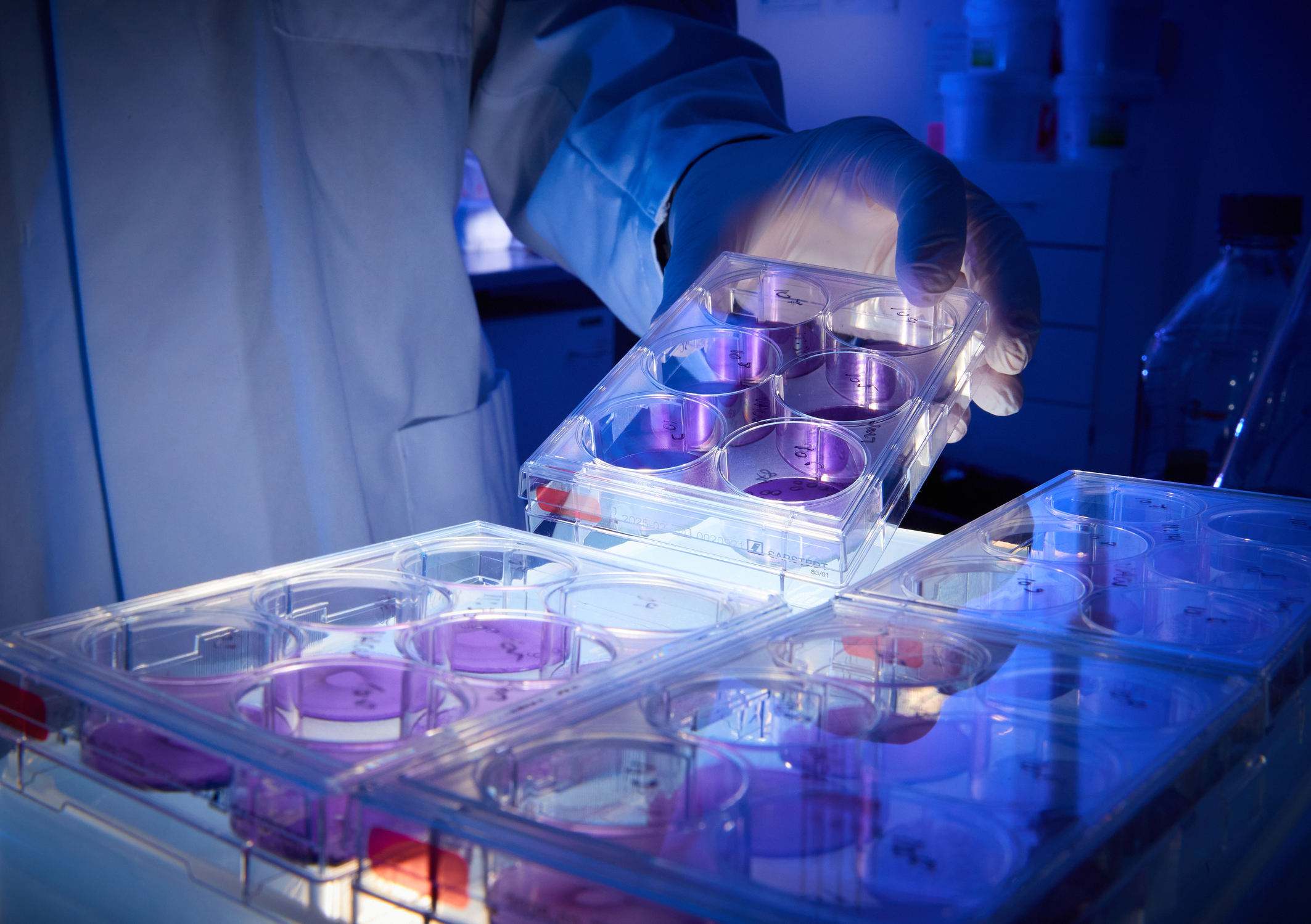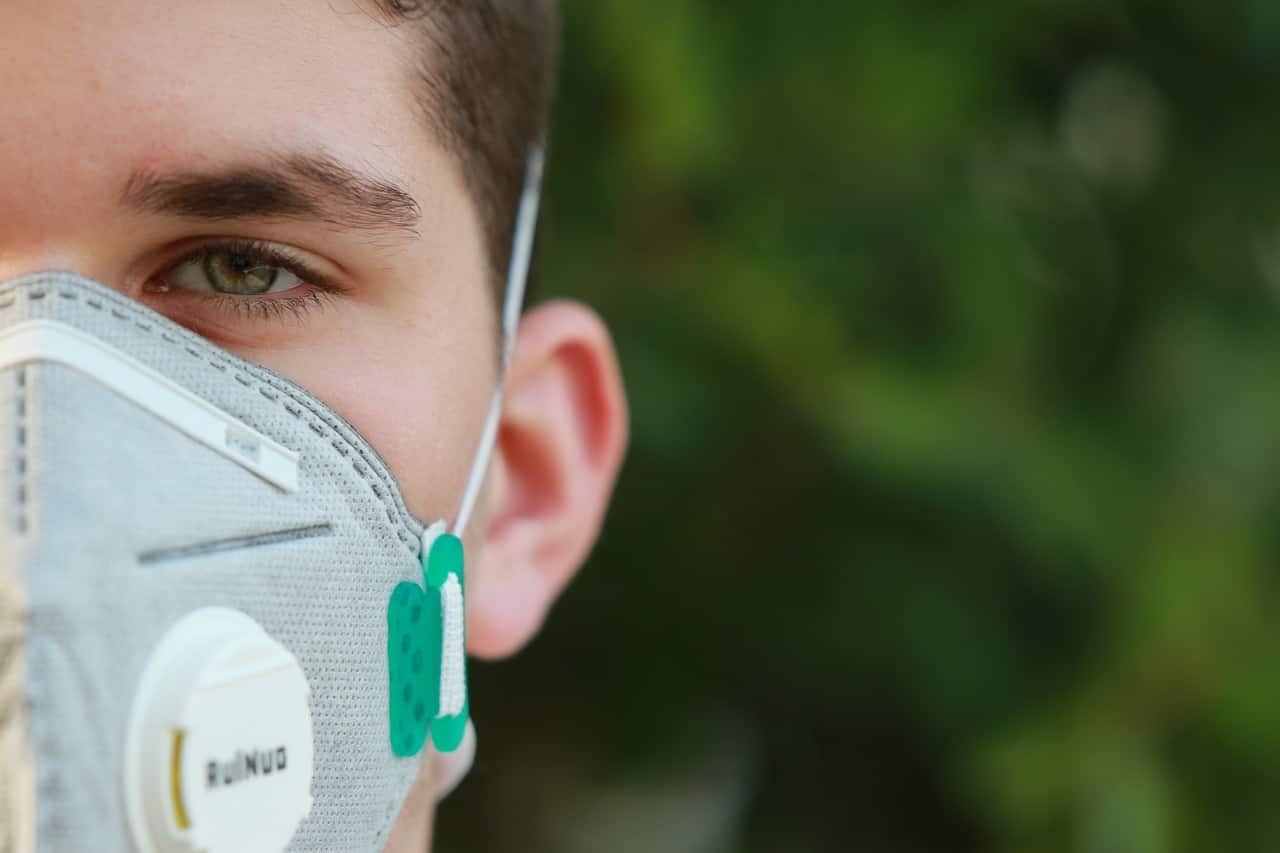
At least since last year, since the beginning of the corona pandemic, the word “antibodies” has almost become part of our daily language. These little watchdogs are an important part of our immune system for warding off infections by attaching themselves to surface structures of a bacterium or virus. In this way, they prevent the virus or bacterium from replicating and the person from becoming ill – for example, with COVID-19. Producing such antibodies in large quantities and injecting them into the sick would therefore be a way of successfully combating diseases. U.S. President Donald Trump emphasizes that he was treated in this way for his corona infection and that is why he recovered so quickly.
However, the antibodies with which he was treated are very complex in structure. They do not go very deep into the tissue and can potentially cause unwanted complications. In addition, it is very difficult and time-consuming to produce antibodies, making them unsuitable for widespread use.
“Nanobodies” as a solution
“In contrast, we are focusing on a different group of molecules, nanobodies,” explains Dr. Florian Schmidt, who heads an Emmy Noether group on this promising new field of research at the Institute for Innate Immunity at the University of Bonn, Germany. “These are antibody fragments with such a simple structure that they can be produced by bacteria or yeasts at much lower cost.” These nanobodies are much smaller than classic antibodies. As a result, they penetrate tissues better and are also easier to produce in larger quantities.
However, one difficulty remains. Because the immune system produces an almost infinite number of different antibodies, all of which recognize different target structures, only a very few can disable, for example, SARS coronavirus-2. Finding these antibodies is like searching for a single grain of sand on Germany’s Baltic Sea coast, Schmidt admits. “To do this, we first injected a surface protein of the coronavirus into an alpaca and a llama,” the scientist explains. “Their immune systems then produce primarily those antibodies that are directed against this virus. Llamas and alpacas also offer the advantage that, in addition to complex normal antibodies, they also produce a simpler variant that can serve as the basis for nanobodies.”
Using blood samples taken from the animals a few weeks later, the scientists obtained the genetic information of all the antibodies they were currently producing. After this “library” still contained millions of different blueprints, they used an elaborate procedure to sort out those that recognized the spike protein on the surface of the coronavirus. “In total, this gave us dozens of nanobodies which we then examined further,” explains Dr. Paul-Albert König, head of the Core Facility Nanobodies at the Medical Faculty of the University of Bonn and lead author of the study.
Four out of several million
In the end, four molecules were actually effective against the pathogen in cell cultures. “Using X-ray structure and electron microscopy analyses, we were also able to show the way in which they interact with the spike protein of the virus,” König explains.
During infection with the SARS-CoV-2 virus, the spike protein acts like a kind of Velcro that the virus uses to attach itself to the cell. Once this process is complete, the Velcro discards the component essential for attachment and the virus’s envelope fuses with the cell. “The nanobodies also appear to trigger this structural change before the virus meets its target cell – an unexpected and novel mechanism of action,” König says. “The change is probably irreversible, so the virus can no longer bind to or infect its target cells.”
Another major advantage of nanobodies over antibodies is that their simple structure makes them easy to combine into molecules that can be several hundred times more effective. “We fused two nanobodies that target different parts of the spike protein,” König explains. “This variant was highly effective in cell cultures. In addition, we were able to demonstrate that this drastically reduces the likelihood of the virus becoming resistant to the drug through mutation.” In the medium term, the molecules could develop into a promising new therapy, König and his colleagues are convinced. The company Dioscure Therapeutics, a spin-off of the University of Bonn, will now test the nanobodies in clinical trials.
Institutions from Germany, Sweden and the USA were involved in the study, which was supported by the German Federal Ministry of Education and Research, among others. Funding was also received from the Medical Faculty of the University of Bonn, the German Research Foundation, the Klaus Tschira Boost Funds, the Baden-Württemberg Foundation and the MWK Baden-Württemberg. In the U.S., the Bill and Melinda Gates Foundation, the U.S. Department of Energy, the National Institutes of Health (NIH), the National Institute of General Medical Sciences (NIGMS) and the National Cancer Institute (NCI) supported the project, and in Sweden, the Swedish Research Council and the Knut and Alice Wallenberg Foundation.
The researchers published the results of their study in the journal Science.
Cover photo: Cell culture vessels with stained cells in which virus replications can be quantified by the holes in the cell layer (plaques) caused by the virus. © Volker Lannert/University of Bonn







